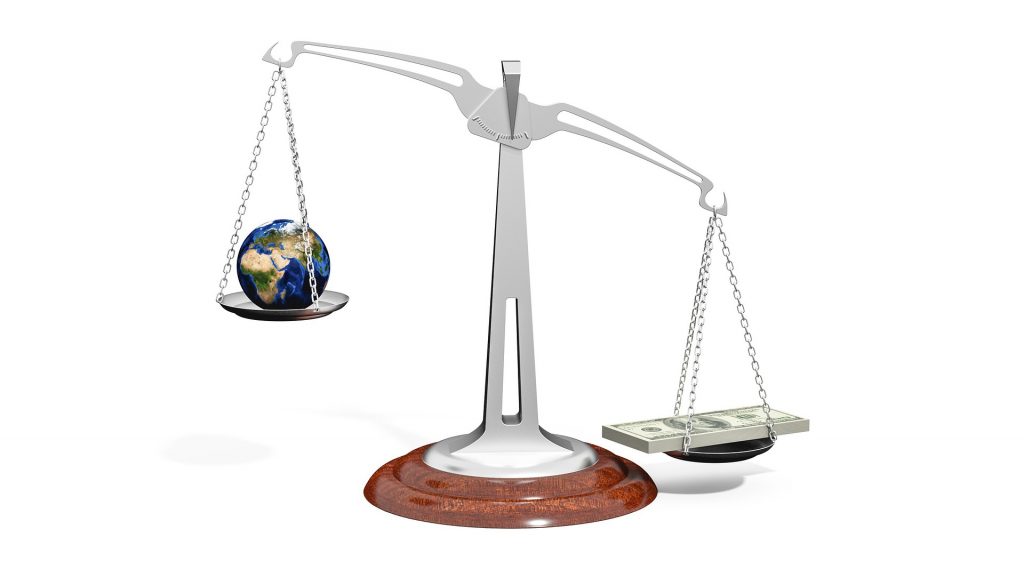With marketers under pressure to make their content marketing pricing even more effective, correctly allocating the budget is imperative.
Many companies are exclusively focused on creating content at scale while not sacrificing quality. The challenge that they often encounter is they neglect the promotion or amplification component of their plan. Such neglect puts them in a position where their overall content marketing program underperforms dramatically.
How do I know how much content marketing will cost?
A general rule of thumb that most B2B marketers use is to allocate 1-3 times as much towards content promotion as you spend on content creation. For example, if you spend $200 to create and publish your average blog post, you’re going to spend somewhere between $200 and $600 promoting it.
There are many ways in which you can promote content. However, make sure that you include the human costs associated with executing those promotions.
Here is a typical breakdown of costs for an elementary content promotion (amplification) program for a B2B blog post:
- LinkedIn promotion – $100
- Twitter promotion – $100
- 5 hours of internal staff at $20 per hour (fully-burdened) – $100
- Micro-influencer promotion (through Tempesta Media) – $100
∑=$400
In the example above, we are assuming that $200 was spent on the creation of the blog post. As an FYI, a typical blog post costs $200-$400 to create, inclusive of staff costs. We are targeting two times the cost of the blog post as our promotion budget. This promotional budget comes out to $400.
Does my content marketing pricing change depending on the stage of the marketing funnel?
The amount of money you allocate for each piece of content you plan to promote will certainly vary. After all, it makes sense for you to spend more promoting a 2,000-word eguide than a normal blog article.
However, your budget will not change depending on the marketing stage. It doesn’t matter whether you’re creating top-funnel or bottom-funnel pieces. You need to promote across all levels of the purchase funnel so that each stage can positively impact the other. In other words, you want to promote content at all stages so that leads can easily find relevant content and continue to move down the funnel.
Here is a more realistic way to determine what content you should amplify: It starts by looking at the content itself. When you publish content, analyze it to see how it initially performs.
If that piece is performing better than the others (give it about a week after publication), you’ll want to start investing in promotion for that piece. Why? It is organically getting some traction because readers are finding value in that content. As such, you want to be able to amplify that piece through expanded distribution.
Take a look at your portfolio to identify the top 50% of articles that are performing, and allocate money toward their amplification. Next, determine your top 25% and double the amount that you’re going to spend on amplifying them. Finally, identify your top two or three pieces and allocate at least three times the production cost to promote them. Because those are the pieces of content that are getting the best results, they’re the ones that can act as the anchor of your SEO program.

How do content promotion budgets vary between companies?
It’s important to understand that your content marketing pricing is largely dependent on the type of organization you run. There is a difference between B2B and B2C, and there’s a difference based on the size of your company.
B2B versus B2C
The B2B audience is typically more limited than B2C because B2B companies market to a narrow set of individuals or companies. On the B2C side, the audience is typically geared towards the masses.
Therefore, generally speaking, B2B content marketing budgets are less than what you would see with B2C. However, B2B tends to spend much more on a per-person basis.
An example: You’re promoting a nutrition bar. The nutrition bar is available and useful to hundreds of millions of people in the United States. Therefore, when you’re allocating your budget, you may be allocating less than 1¢ per person.
On the B2B side, however, it’s different. Say you’re offering wealth management services to financially wealthy people. Here in the United States, fewer than 8 million people have at least $1 million of net worth. Just by nature, your audience is already well over 100 times smaller than what you would see on the B2C side.
However, the amount that you allocate per person as a B2B company may be significantly higher. You may dedicate $10, $20 or even $30 per person.
Small versus middle versus large
As mentioned above, the size of your organization will also affect your content promotion budget. The size is generally determined by these standards:
- Small businesses are those that make less than $2 million in annual revenue.
- Mid-sized companies are those that make $2-$500 million in annual revenue.
- Large enterprises are those that make more than $500 million in annual revenue.
Larger companies, because of their financial capacity, are naturally going to spend significantly more on amplification. However, a limit still exists: the ROI they can achieve for that program. This is the common denominator that levels the playing field across small, mid-sized and large businesses.
Returning to the previous example, you are a $1 billion wealth management company and have competitors that make $100 million and $1 million in revenue. You may spend $50 million in a year on your overall content marketing program.
For your competitors, this is simply not feasible, so they will spend substantially less.
However, on a per-person basis, you and your two competitors will spend about the same. In other words, although the monetary sum varies, the allocation percentage will be similar. Therefore, the ROI will also be similar.
If I have to cut costs, where should I make them?
Many companies are suffering because of the economic impact associated with COVID-19. The first knee-jerk reaction is to reduce the frequency by which you’re creating content. This is the number one mistake that you can make in this type of environment because your audience is not only humans but also search engines.
If you start to reduce the frequency of your posting, search engines will begin to view your company as inactive. The search results will then penalize your company. If that happens, your organic traffic may plateau and eventually start to decline. As such, being able to maintain that cadence of consistency is incredibly important.
However, there are areas where companies can cut costs without sacrificing SEO positioning, one being content promotion. Remember though: We are only suggesting you reduce your amplification processes in light of the current situation. Don’t slow down promotion if you don’t have to.
With that said, it may be difficult for some companies to allocate the ideal 1-3 times content production costs right now.
If your company is having challenges, you may want to reduce that cap. So instead of maxing at three times, you may cap your promotion budget at 1x (the same amount you spend on content production). Even with the reduced budget, you’re still getting promotional value and not harming your SEO in the process.
Of course, there are other areas that you could deal with to cut costs, but it’s a difficult decision for many companies. Fortunately, outsourcing your content marketing program can help. In fact, Tempesta Media can deliver comparable results at up to 80% less cost than trying to do it in house.
Essentially, if your company is looking to make short-term adjustments, consider altering the amount that you spend on amplification. If you need to make larger, structural adjustments because of the situation, you may want to look at outsourcing.
Getting it right
Ultimately, many companies are new to content marketing and are just starting to understand what works and what doesn’t work within their program. However, in this type of economic environment, taking a hit or miss approach is not going to work. You need to quickly determine the type of company you are, your industry, your competitive environment and your content goals in order to position yourself as a strong contender for content marketing success.
If you have a content marketing program or are planning one, download our ebook: 100 Mistakes Businesses Make When Starting, Optimizing and Scaling Content Marketing Programs. Learn from the mistakes of hundreds of other companies as well as some common and uncommon challenges that they faced with their content marketing programs.
To establish a solid content marketing program without breaking your budget, Tempesta Media can help. We can reduce your costs by up to 80% while still providing quality content at scale. To learn more, contact us today.












